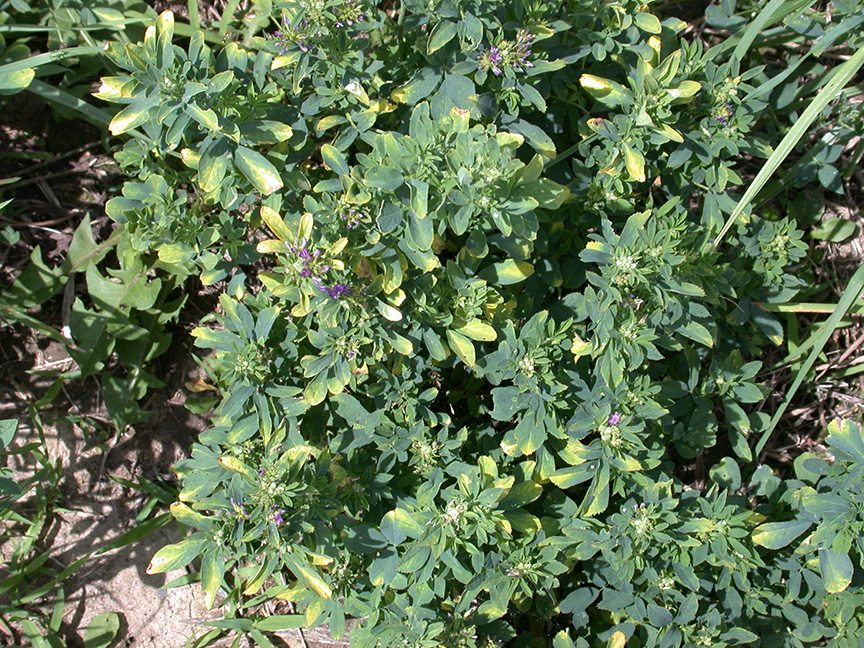Clint Schroeder – OSU Extension
As both corn and soybeans have entered the reproductive phase of the crop cycle it is an important time to be scouting for disease and insect issues. One of the most important parts of integrated pest management (IPM) is crop scouting. When done properly it can help farmers obtain higher yields and increased profit per acre. When heading to the field don’t forget your copy of the Corn, Soybean, Wheat, and Forages Field Guide to help determine identification and threshold levels for each disease or pest. The field guide can be purchased at the extension office if you do not already have a copy.

Corn
OSU Extension conducts weekly monitoring of Western Bean Cutworm (WBC) pheromone traps throughout the state and published the data in the weekly in the C.O.R.N. Newsletter. Those results can be found here. Trap numbers have remained low for Allen County, but there has been an uptick in surrounding counties. Now is the time to scout for egg masses on the upper leaves. Select 20 consecutive plants in 5 locations of the field. If over 5% of those plants have egg masses an insecticide application is warranted. Continue reading
 Soybean cyst nematode (SCN) was first identified in Ohio in 1981, and has now been found in 72 of Ohio’s 88 counties, including Allen. SCN is a small roundworm parasite that damages soybeans by feeding on roots, robbing the plants of nutrients, and providing wound sites for root rotting fungi to enter. The severity of symptoms and yield losses are dependent on several factors including: the number of nematodes present in the field at planting, the soybean variety, tillage practices, soil texture, fertility, pH, and environmental conditions during the growing season. Seed producers worked to breed varieties with resistance to SCN initially, but now certain populations are becoming resistant to the resistance.
Soybean cyst nematode (SCN) was first identified in Ohio in 1981, and has now been found in 72 of Ohio’s 88 counties, including Allen. SCN is a small roundworm parasite that damages soybeans by feeding on roots, robbing the plants of nutrients, and providing wound sites for root rotting fungi to enter. The severity of symptoms and yield losses are dependent on several factors including: the number of nematodes present in the field at planting, the soybean variety, tillage practices, soil texture, fertility, pH, and environmental conditions during the growing season. Seed producers worked to breed varieties with resistance to SCN initially, but now certain populations are becoming resistant to the resistance.




